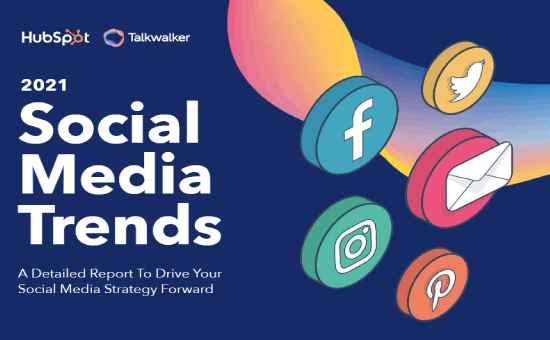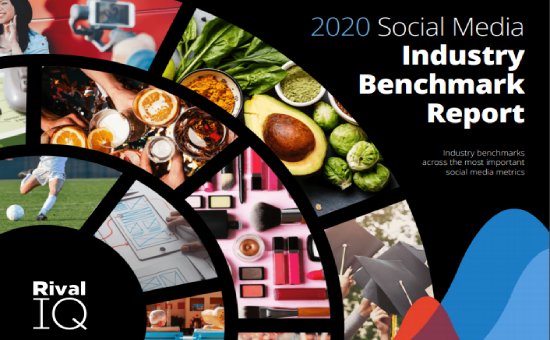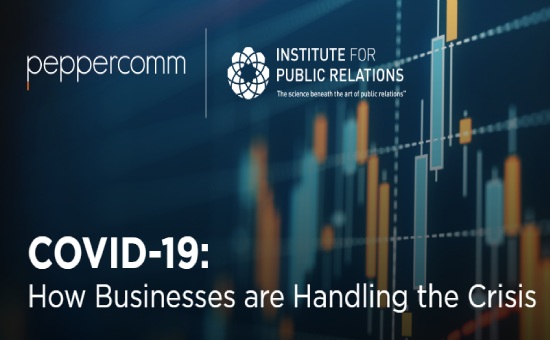Social Media Marketing Trends in 2020 | GlobalWebIndex
Social Media Marketing | Global
This year almost everything has changed because of COVID-19. This social media marketing trends report provides the most important insights into the world of social media.
From keynotes on how attitudes are changing to the very latest figures for social media engagement. Moreover, it is done with a particular focus on how COVID-19 is impacting key trends.
Without further ado, let’s get through the report.
Post-COVID Perspectives on Social Media:
Social media has become the bedrock of our digital news habits. Staying up-to-date with news and on-going events is the most commonly cited reason for using social media.
According to the social media marketing trends in 2020, 47% of all internet users use social media for news updates yet only 14% deem it the most trustworthy source.
The figures below show that percentage of global internet users in each demographic who says staying up-to-date with the news is the main reason for using social media.
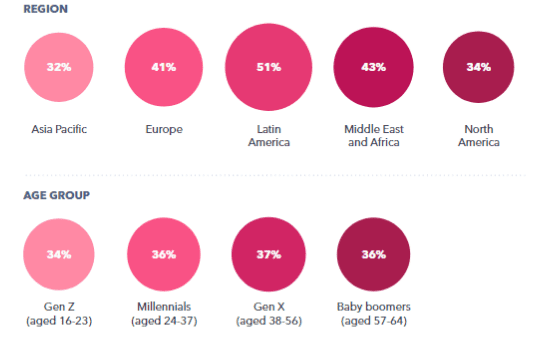
Social Media Engagement:
The biggest social media users pre-outbreak are the ones driving the usage spike during the COVID-19 lockdown.
Back in 2018, GlobalWebIndex started to see time being spent on social media plateau across a handful of countries -where time spent online either stayed the same or decreased.
However, this pattern continued into 2020, but it was interrupted by the pandemic.
Check the following figure which shows the daily time spent on social media from January to March, it shows the average hh: mm spent using social networks on a typical day
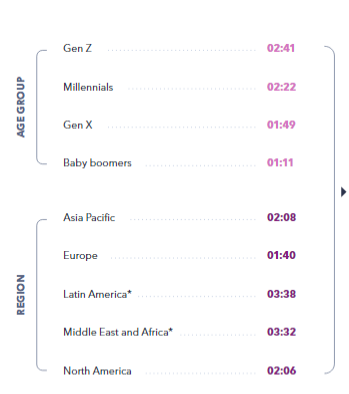
Make sure to check the full “social media marketing trends in 2020” report to get a closer look at social media and how it has changed.
The Table of Content of “Social media marketing trends in 2020” Report:
- Introduction
- Key Insights
- Post-COVID perspectives on social media
- Social media engagement
- The social media landscape
- Social media behaviors
- The social purchase journey
- Key Implications
- Notes on methodology
- More from GlobalWebIndex
Number of Pages:
- 38 pages
Pricing:
- Free
Methodology:
All figures in this report are drawn from GlobalWebIndex’s online research among internet users aged 16-64. We only interview respondents aged 16-64 and our figures are representative of the online populations of each market, not its total population. Note that in many markets in Latin America, the Middle-East and Africa, and the Asia-Pacific region, low internet penetration rates can mean online populations are more young, urban, affluent, and educated than the total population.


